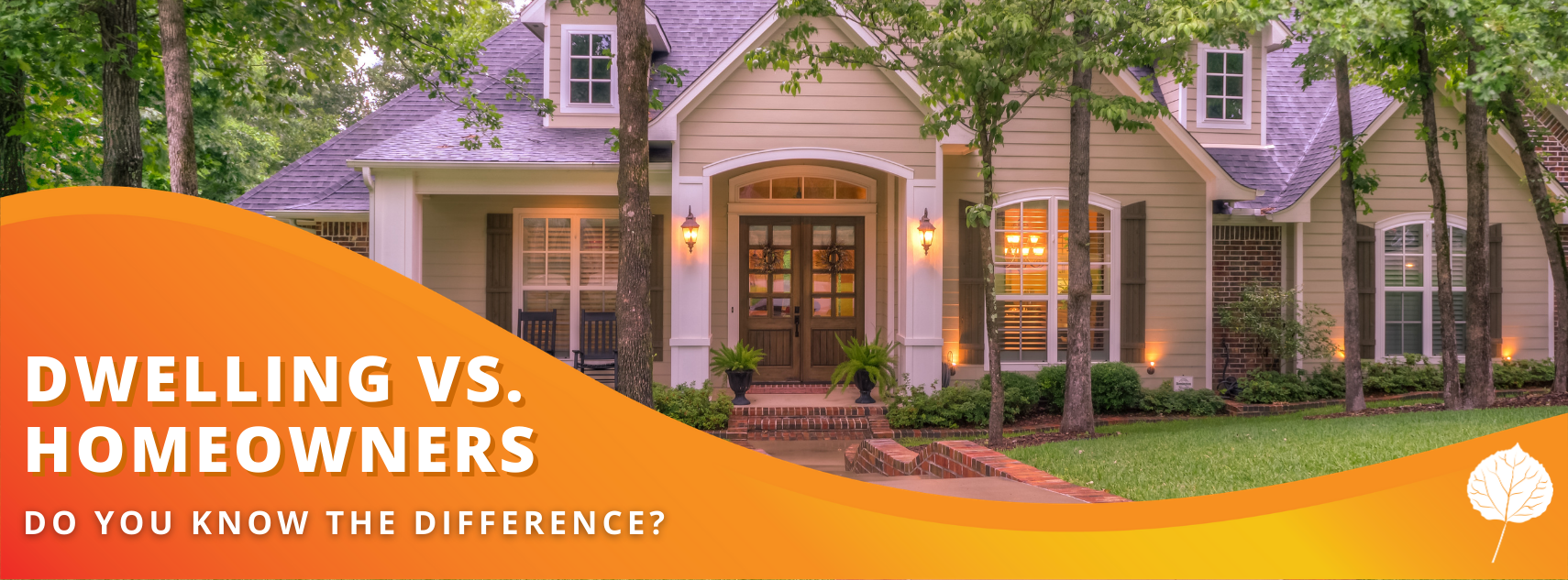
Difference between dwelling and homeowners
My client is wondering why dwelling coverage is less expensive than homeowners insurance and which is the right coverage.
A good rule of thumb is to think of dwelling coverage as “second property” coverage for properties that do not house a client’s everyday belongings. Why would you want coverage that doesn’t cover everything? In instances such as investment properties that are rented, vacant properties or houses undergoing renovations dwelling coverage may be a viable insurance option, as it covers the structure and anything permanently connected to it. Some of the items covered would include light fixtures, counters, and cabinets, attached garages, and attached appliances.
In comparison a homeowners policy will include dwelling coverage (to protect the structure and attached items) as well as coverage for a homeowners personal property, such as furniture, clothing, jewelry, electronics etc. and liability protection. There are many variables to consider when choosing between the two policies, but it is wise to think of home insurance as a package. When your client purchases homeowners insurance, they choose the dwelling coverage limit based on the cost of rebuilding their home but it is also important to consider the amount of money it would take to replace additional owned items that are within the household but not part of the structure. Without a homeowners policy these items would not be replaced if an incident were to occur.
While we hate to think of homes being damaged, it is important for clients to understand what may not be covered if a claim were to occur with a limited coverage option. Dwelling coverage may help to repair a home’s damage but could leave your client high and dry when it comes to the replacement of their possessions.